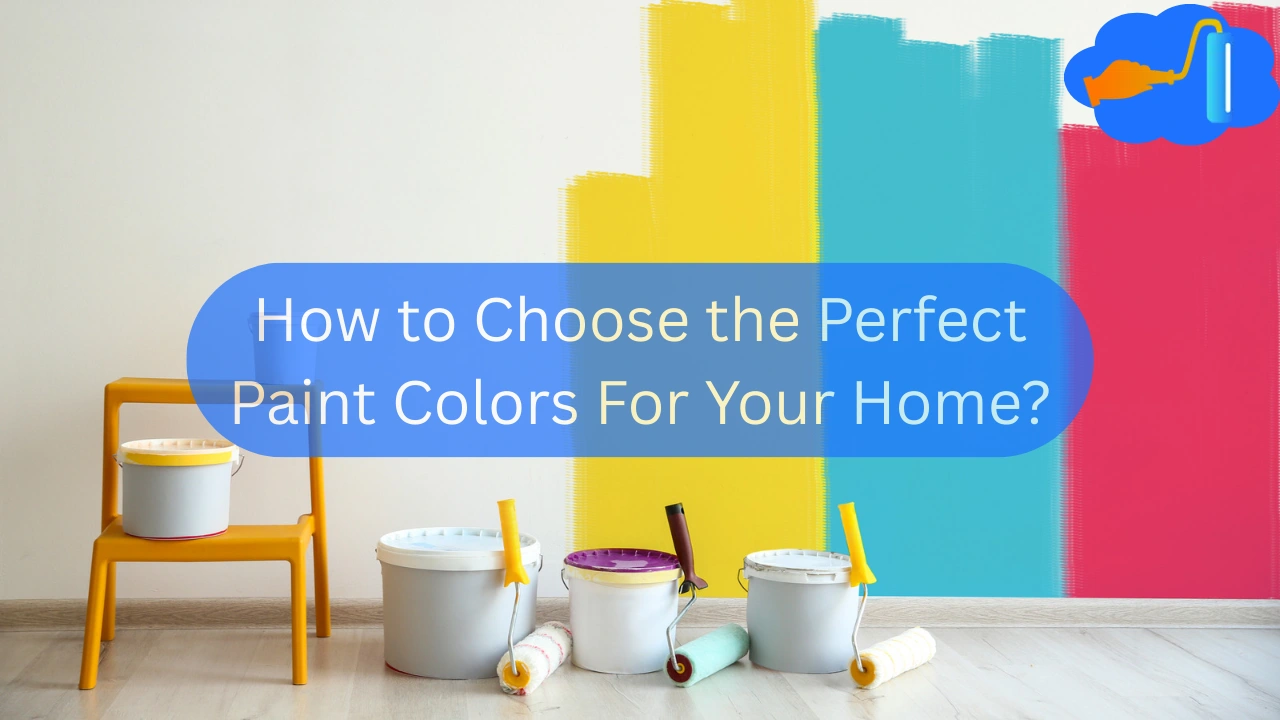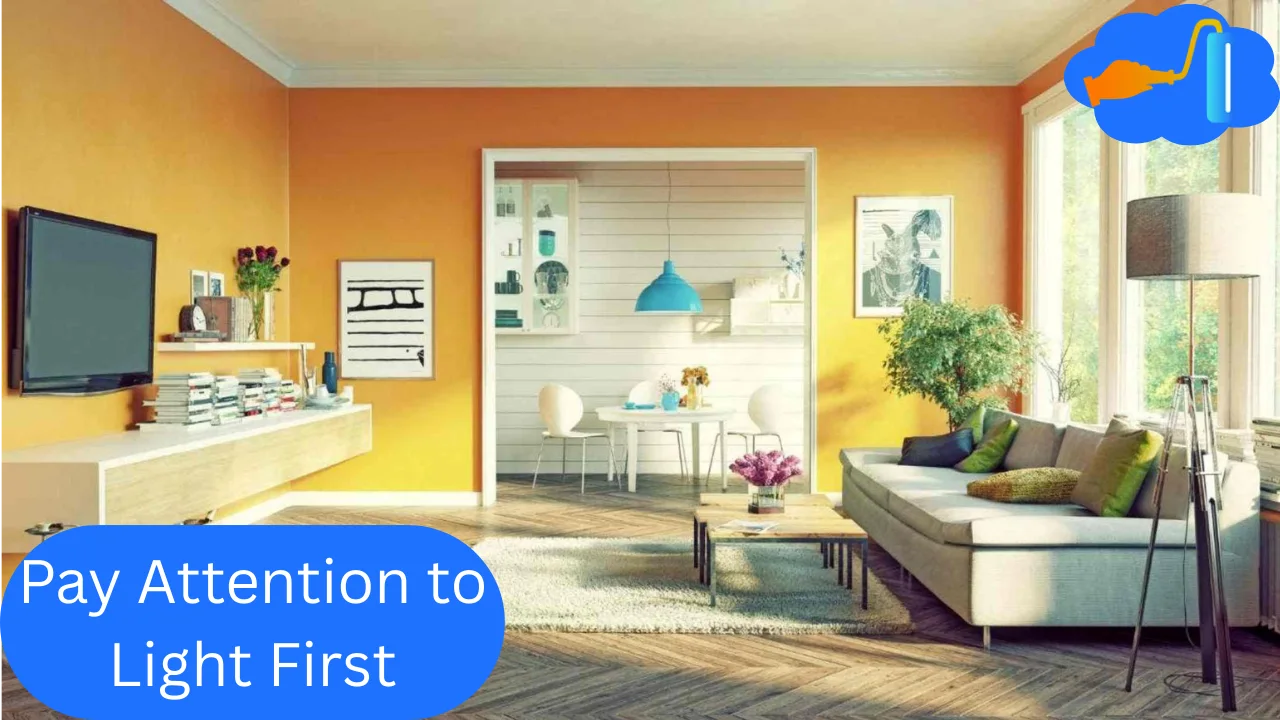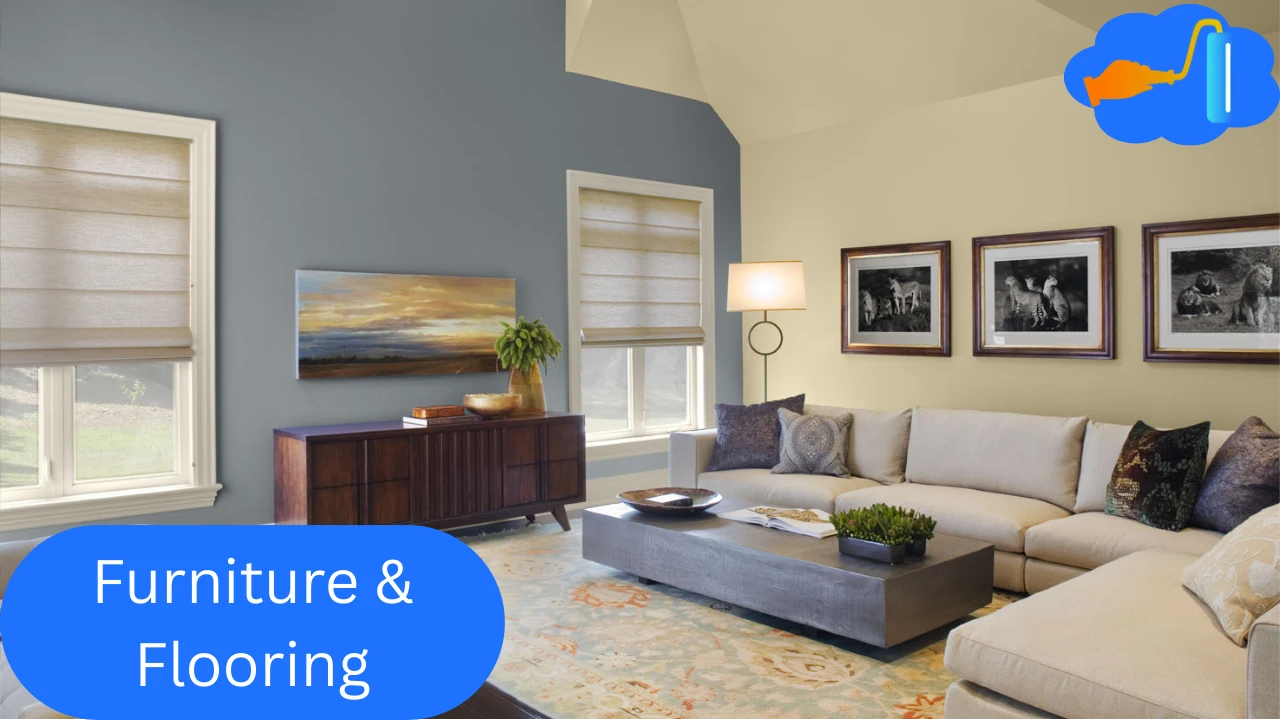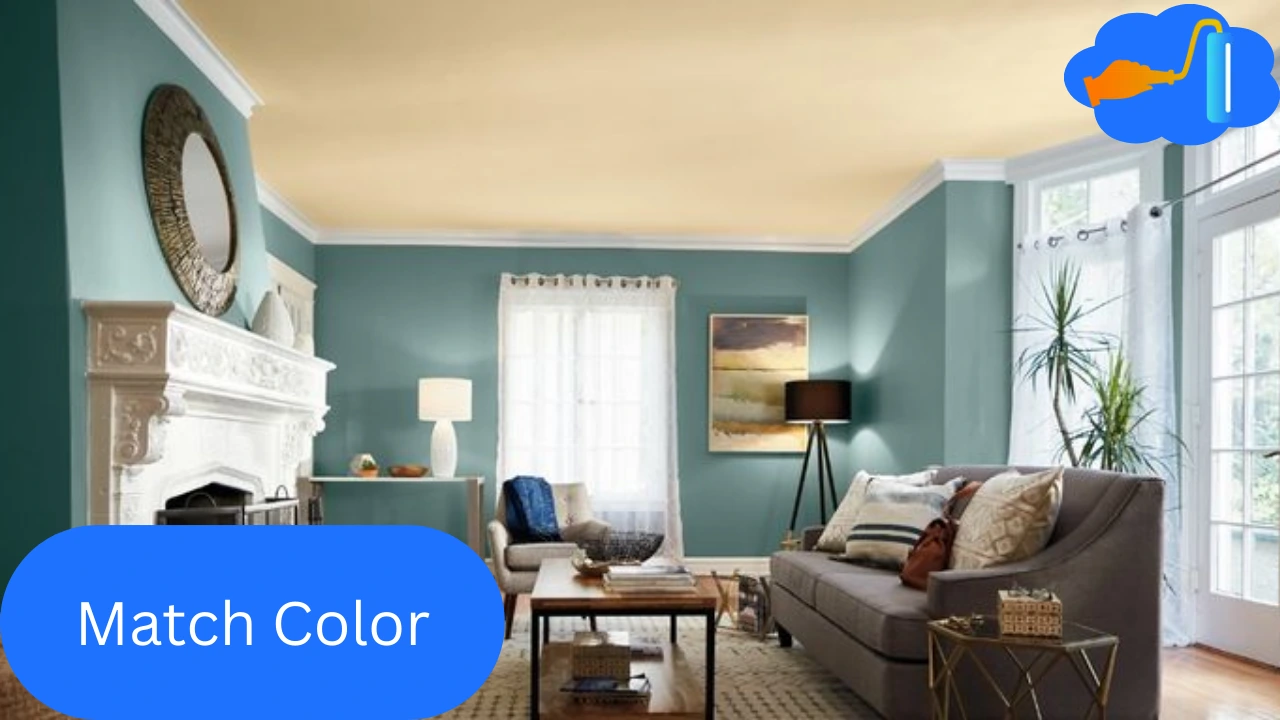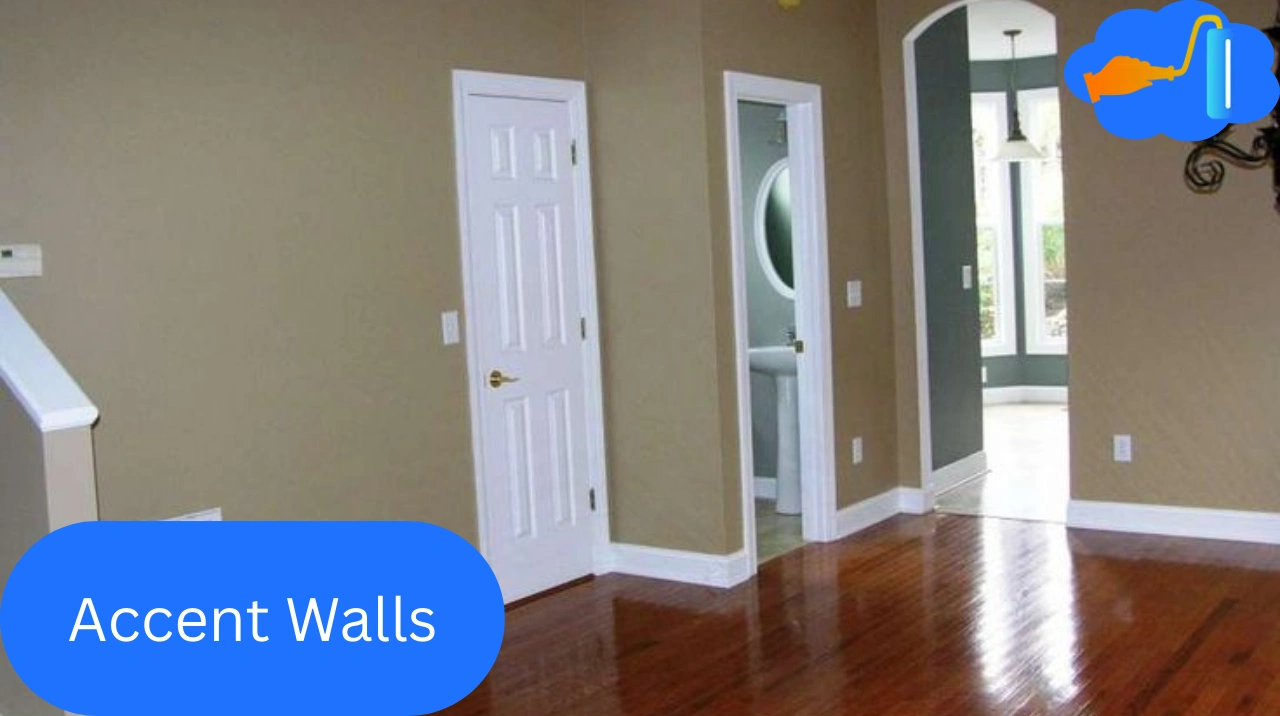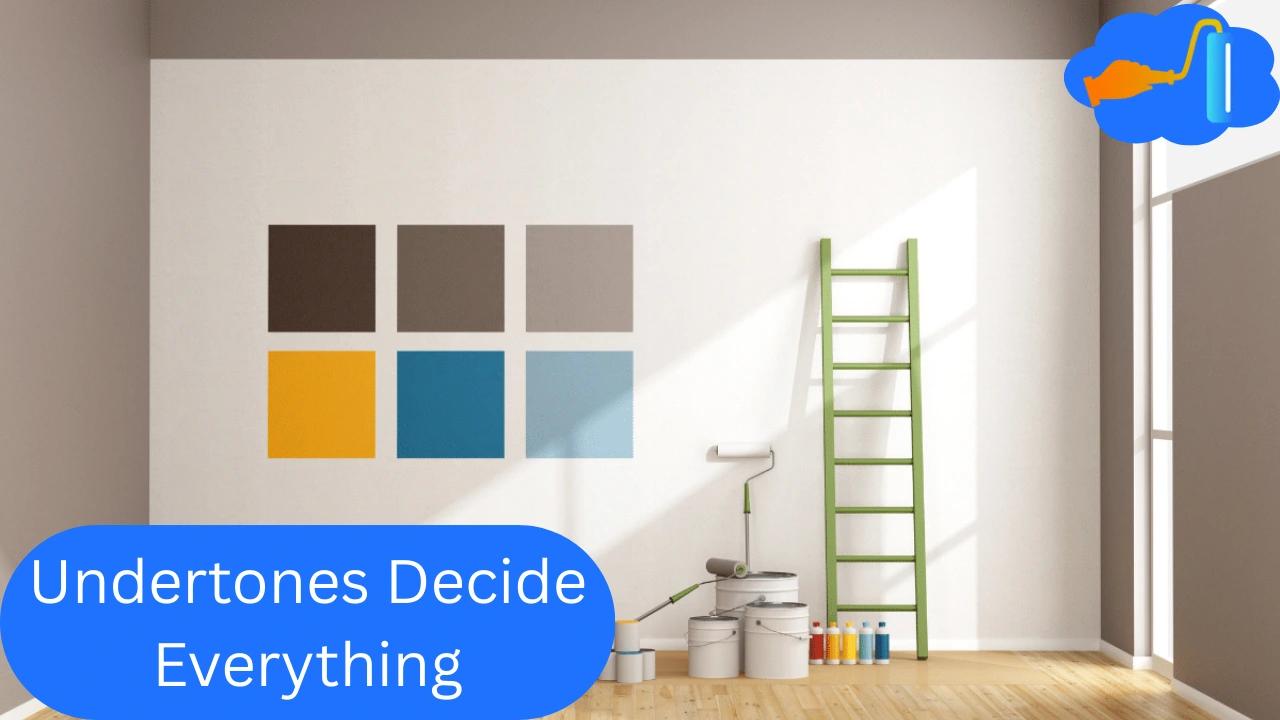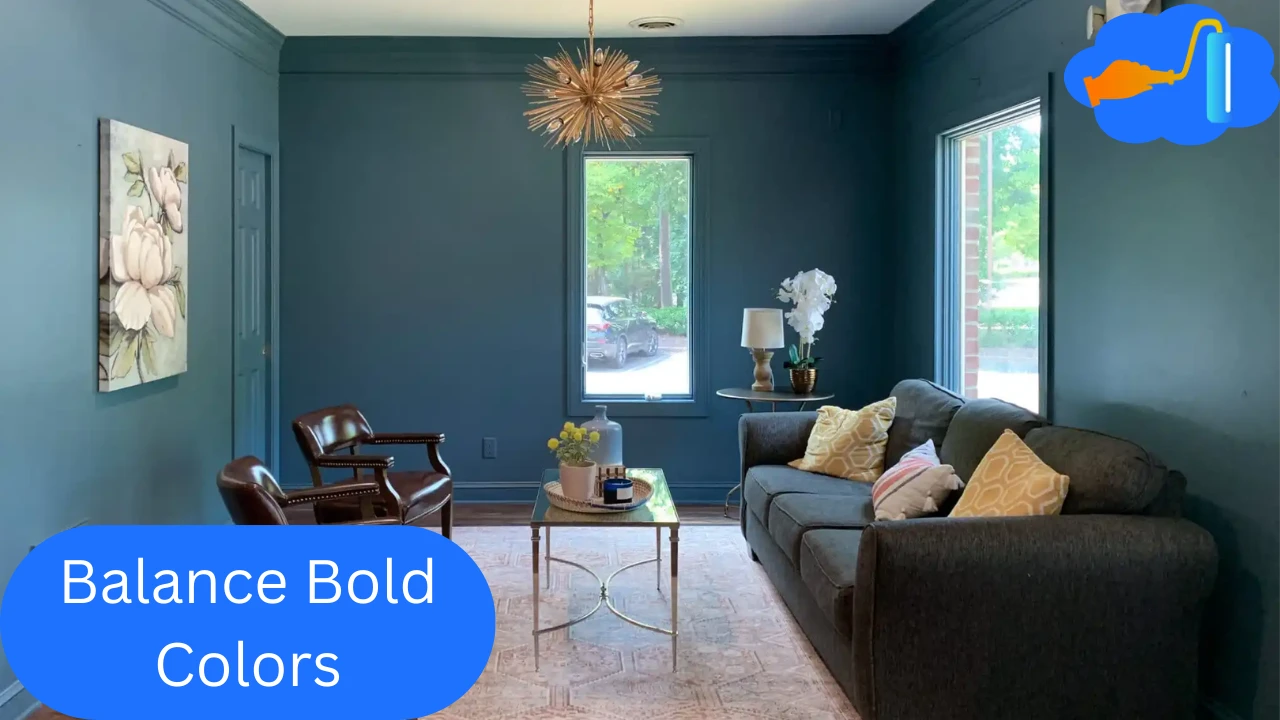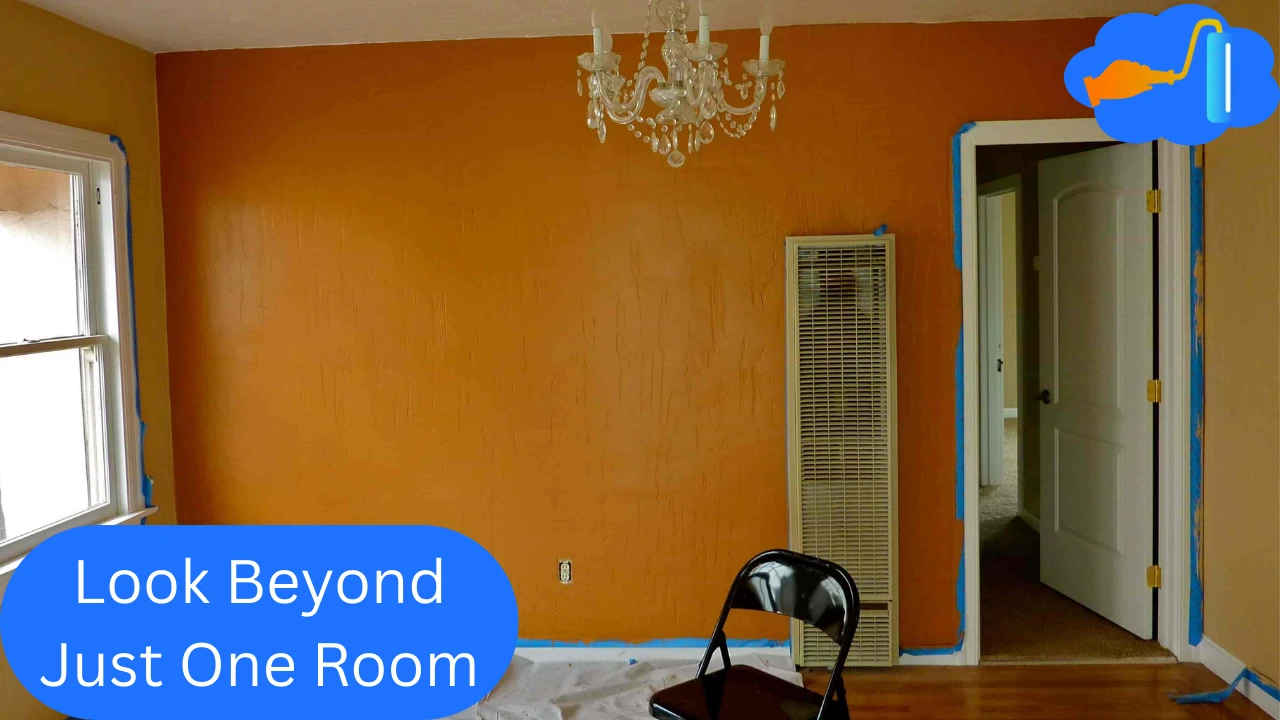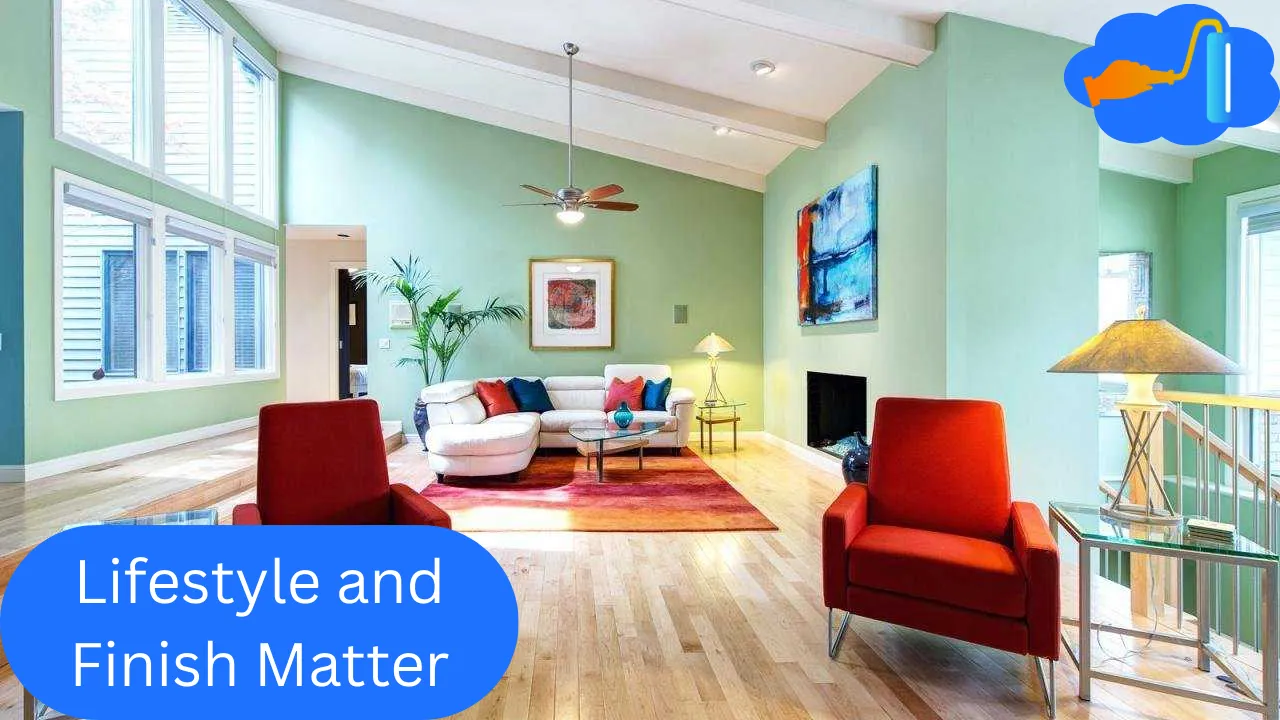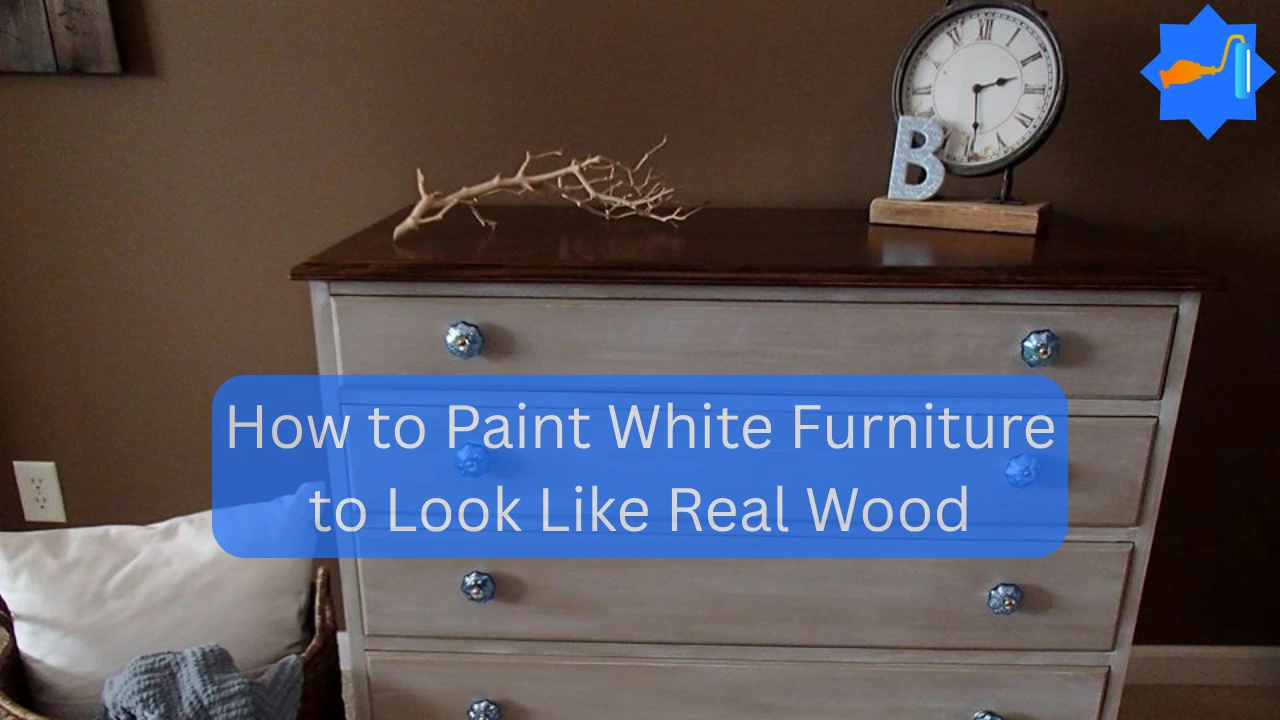How to Choose the Perfect Paint Colors For Your Home?
Choosing paint colors looks simple at first. You walk into a store, see rows of swatches, and think you’ll pick one in a few minutes. But the truth? Having an ideal selection of wall paint is necessarily important.
Because the outlook of furniture, flooring, and decor essentials is all dependent on indoor light deflection and wall paint significantly contributes to it. That’s why this decision deserves more care than just pointing at a random sample card.
Why Paint Colors Matter More Than Furniture Sometimes?
Once the walls are painted, the color stays for years, so the choice hits harder. It covers more area than anything else inside a room. When the walls feel off, the rest of the design loses balance. But when the paint color clicks, the whole room settles perfectly! Here’s what should be kept in mind while making this important decision:
1. Pay Attention to Light First
Colors don’t sit still. Colors don’t freeze in one look; they move with the light. A beige that feels soft in the morning sun might turn yellow under lamps at night. Rooms that breathe with wide windows can hold darker colors like navy or green without feeling closed in.
Does your home have small, dim rooms? They usually beg for lighter walls that spread what little light they get, and the same goes for rooms with tiny windows.
2. Furniture & Flooring – The Major Elements
Paint and furniture need to agree, not argue. If the sofa shouts in red or carries heavy patterns, the wall painting should step back into calmer tones such as neutrals, muted whites, or soft creams.
Flooring matters too! Honey wood floors work better with warm wall tones, while cool greys on the floor lean toward crisp whites or bluish shades. Grey floors, on the other hand, prefer cooler partners like icy blue or clean white.
3. Match Color to the Room’s Purpose
Each space carries its own mood. From bedrooms to kitchens, your living spaces shift from being quiet, private, and calming interiors to energetic and warmer indoors.
Living rooms sit in between; they can handle bold accents or stay understated depending on the furniture. If you’re working from home, skip bright oranges or strong reds in the office area; they grab too much attention. Softer tones support focus, while still keeping the room alive.
4. Accent Walls: Nice, But Use with Care
Accent walls sound exciting. One bold wall featuring a dramatic effect but often it feels forced. The trick is connection. Accent walls only look right when they connect to the rest. Instead of grabbing some random bold shade, go a little darker from the main palette.
5. Undertones Decide Everything
What most people forget: colors hide undertones. White can lean towards shades of cold, warm, pinkish, or even greenish. Same for greys and beiges. These undertones decide the mood. That’s why one white feels cozy and another feels harsh.
Ignore undertones, and you might end up with walls that clash with flooring or furniture, even though you thought the shade looked “neutral.” The only way to know is to hold the sample right against the other materials in your room. Undertones reveal themselves fast that way.
6. Ask For Samples – Avoid Regrets
The biggest mistake? People buy gallons after looking at a 2-inch chip and never check the paint shade in reality. Paint behaves differently in a room, or you can say in the original setting. A cream that looks nice under store lights can look yellow under your ceiling lights. That’s why sample pots exist and should always be requested from the vendor/supplier.
7. Balance Bold Colors and Safe Neutrals
You don’t have to be entirely lifeless (choice of neutrals) or go with completely bold shades that overpower the interior decor. You must find the balance in shades while preferably picking colors that you like.
Let neutrals hold the room steady while bold colors play a smaller part, such as one wall, a tucked hallway, or a little room. That way, you enjoy the surprise of color without breaking the harmony of the house.
8. Look Beyond Just One Room
Houses are not a collection of boxes. They are a connection of rooms, hallways, and corridors. If you keep the room doors open most of the time, the colors spill into each other. If one space is icy blue and the next is dark maroon, the transition feels out of place. Instead, one should plan a palette that carries through the whole house.
9. Lifestyle and Finish Matter
Your lifestyle is all that has to bear with the color of the painted walls. It can be scratches, marks, kids doing their stuff, and other sorts of challenges. And not only the colors, but also the paint finish as well.
Matte paint finishes hide wall bumps, but marks fast. On the contrary, satin and eggshell are easier to wipe. If you love glossy paint, it looks shimmering and eye-catching, but it also bounces light around in a way that shows every bump or mark. Think about how you live, not just what looks good in a glossy catalog photo.
10. Trends Come and Go
Every year, brands push “Color of the Year.” It feels tempting to follow. But trends age quickly. Painting a whole living room in some trendy teal might feel fresh today, but by next season, it may already look tired. It’s smarter to keep the main walls in shades you can stick with for years. If you want a trend, bring it in through rugs, pillows, curtains, or art because that’s easier to change when your taste shifts.
In The End
Picking wall colors isn’t something to rush. It takes testing, patience, and paying attention to how light, furniture, and flow between rooms all come together. The goal isn’t just to cover walls with paint. It’s to set up a background that feels comfortable, balanced, and part of daily life. When chosen carefully, paint stops being just color. It becomes part of what holds the home together quietly, in the background, while everything else shines.
Latest Posts
How to Stick Paper or Posters on Walls Without Damaging Paint?
October 7, 2025How to Paint White Furniture to Look Like Real Wood
September 30, 2025How to Choose the Perfect Paint Colors For Your Home?
September 18, 2025Best Times of Year to Paint Your Home’s Exterior
July 28, 2025Categories
Archives
-
Loading Instagram data.

